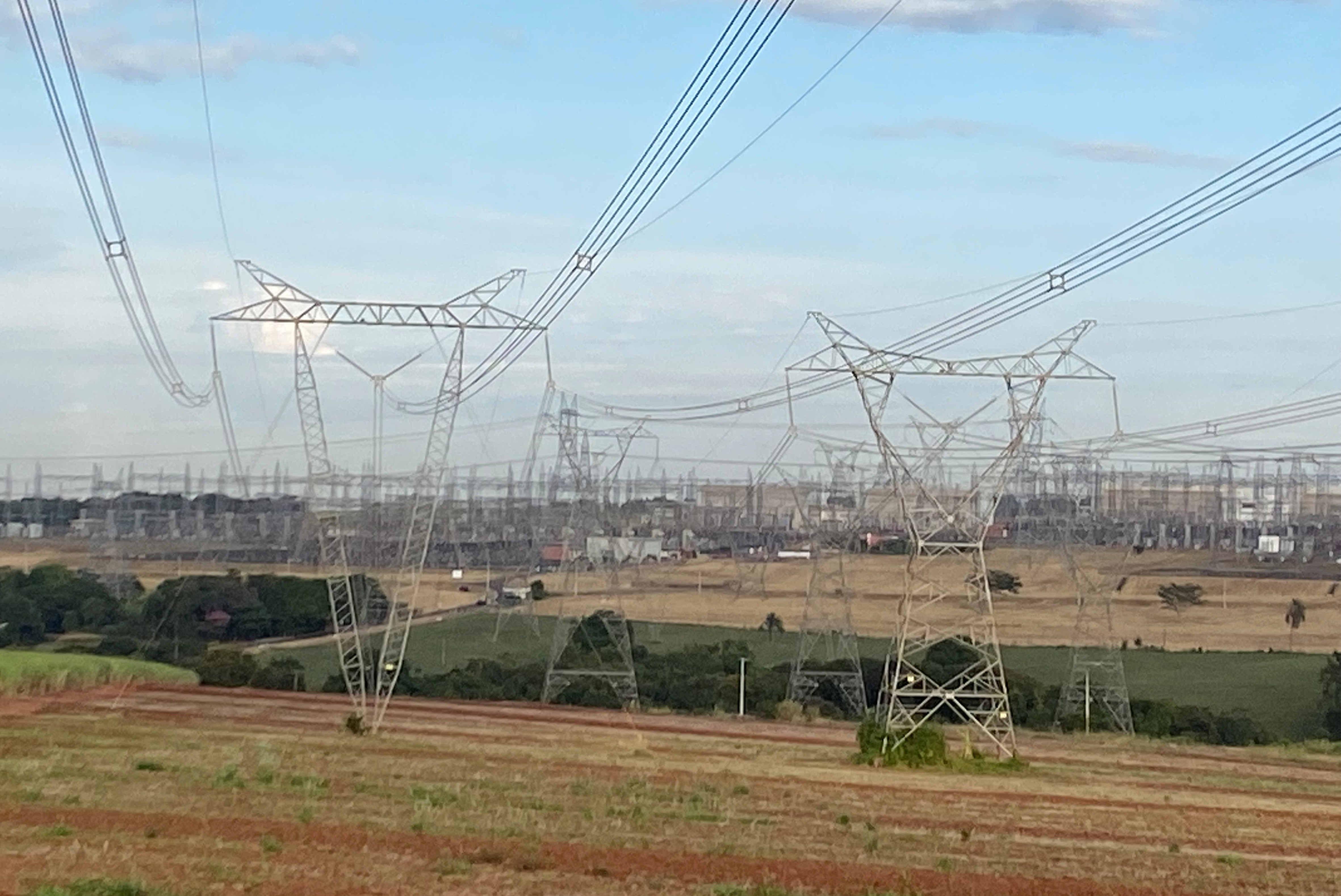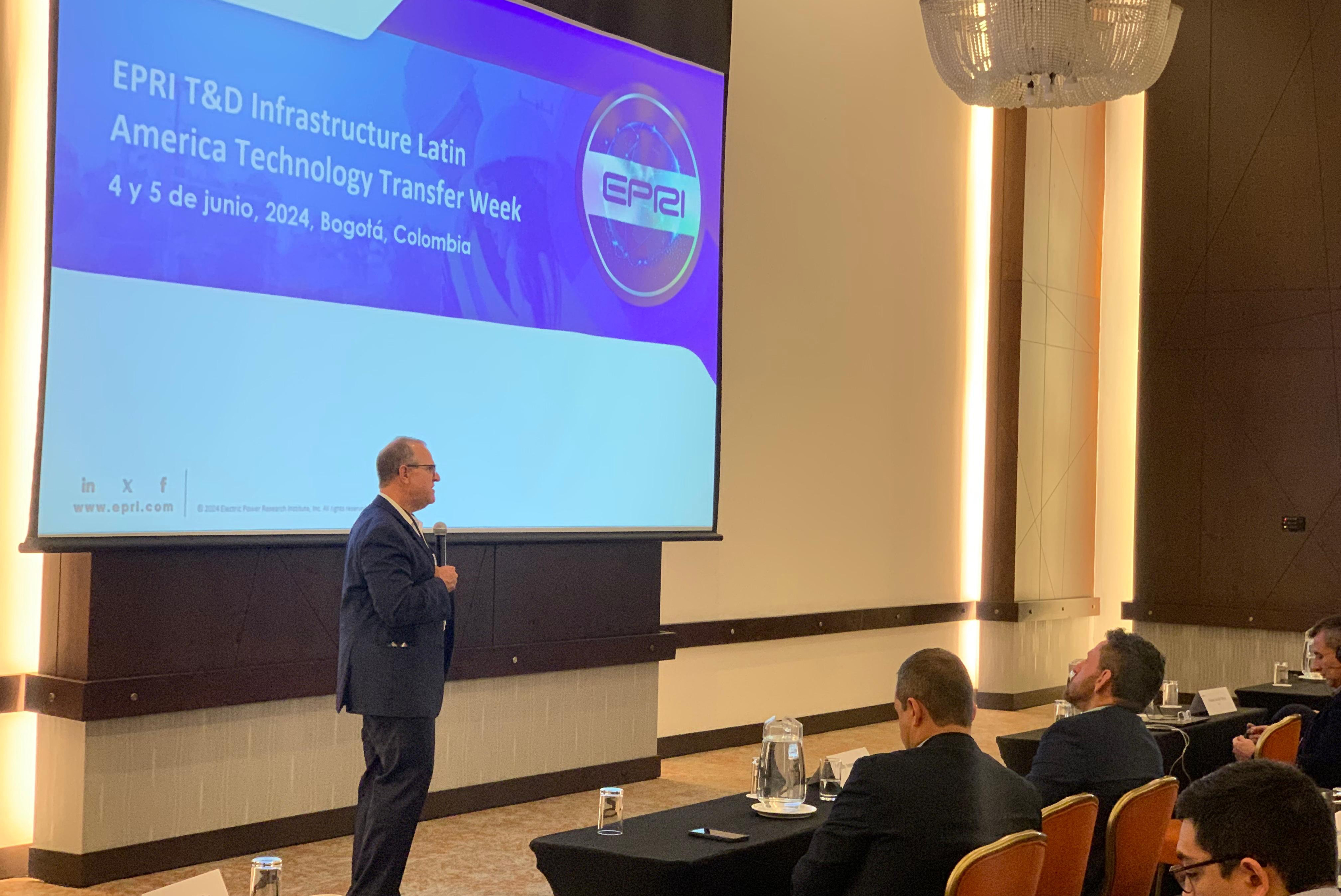EPRI | About EPRI | Contacts
About EPRI
In November 1965, the Great Northeastern Blackout left 30 million people in the United States without electricity, starkly demonstrating the nation’s growing dependence on electricity and vulnerability to its loss. It marked a watershed for the U.S. electricity sector and triggered the creation of the Electric Power Research Institute (EPRI). Although power was largely restored within 12 hours, the blackout prompted public and political scrutiny that continued for years. Leaders in the U.S. Congress were troubled by the nation’s dependence on a fragmented, critical industry for which there was no unified planning and research. Dr. Chauncey Starr answered the call from Congress to create an independent research and development organization to support the electricity sector and address its technical and operational challenges. At a formal hearing of the U.S. Senate Commerce Committee, he presented his vision for the Electric Power Research Institute in serving its mandate for objective, scientific research. Much has changed in the electricity industry with advances in such technologies as renewable energy, environmental controls, and the smart grid. EPRI meets traditional and emerging challenges with technological innovation, thought leadership and technical expertise. Our research portfolio addresses a range of issues that change with the times and the technology, even as the underlying expectations remain constant for electricity that is affordable, reliable, and environmentally responsible.
EPRI has three main sectors, which are:
Generation Sector: Provides information, processes and technologies to improve the flexibility, reliability, performance, and efficiency of the existing fossil-fueled and renewable energy generating fleet.
Nuclear Sector: Conducts research to inform decisions related to the safe, efficient, and reliable operation of existing nuclear plants and the next generation of nuclear reactors. Through global collaboration with nuclear power plant (NPP) operators, vendors, service providers, regulatory agencies, and other research organizations, the Nuclear Sector develops cost-effective technologies, technical guidance, and knowledge-transfer tools that help maximize the value of existing nuclear assets and inform the deployment of new nuclear technology while maintaining or improving safety. EPRI’s Nuclear Sector works with owners or operators of more than 360 reactors representing nearly 85% of the world’s commercial nuclear units in countries across the globe.
Energy Delivery and Customer Solutions or ED&CS Sector: Provides transmission, distribution, and end use R&D to guide utilities and stakeholders toward a safe, secure, resilient, affordable, reliable and environmentally responsible, integrated grid. It is worth mentioning that the Collaborative LATAM project falls under Energy Delivery and Customer Solutions sector.



For more information:
Victor Diez : vdiez@epri.com
EPRI GETs R&D Leader